When you think 'Wild West,' what's the first image that pops into your head? A dusty street showdown, two gunmen staring each other down, hands twitching over their pistols? You're definitely not alone. The gunslinger is a near-mythical figure of American history, stirring up images of lawless days and epic tales. But who was the most famous gunslinger of all time?
Diving straight into it, the title of 'most famous' could land on a few standout figures. Maybe you're thinking Wyatt Earp, Billy the Kid, or Jesse James. Each name carries its own set of swirling legends and larger-than-life stories. But what really sets these folks apart? Why do their tales still echo through time?
For starters, let's define what a gunslinger really was. It wasn't just about being quick on the draw; it was about surviving in a relentless environment where every glance could initiate a duel. And boy, did these figures have their fair share of duels. These weren't just criminals or heroes; they were complex characters surviving in a time when the lines between good and bad were constantly shifting.
- Gunslingers: Legends of the Wild West
- Wyatt Earp: The Reluctant Hero
- Billy the Kid: The Notorious Outlaw
- Jesse James: Folk Hero or Villain?
- Wild Bill Hickok: The Showman
- The Legacy of Gunslingers Today
Gunslingers: Legends of the Wild West
In the Wild West, gunslingers were the celebrities of their time, and boy, did they know how to live up to the hype. These sharpshooters weren't just about blazing pistols and duels, though. They were symbols of freedom and danger, often revered and sometimes feared.
Picture this: a dusty frontier town with its saloons, dirt roads, and a tense atmosphere where the smallest spark could lead to gunfire. In this setting, gunslingers rose as both lawmen and outlaws, and sometimes a mix of both. Their tales were tales of adventure, crime, and often survival in a time when justice was meted out with a six-shooter.
The Dual Roles of Gunslingers
Many of these famous gunslingers started as cowboys or soldiers, eventually becoming the stuff of legend. Some, like Wyatt Earp, were lawmen turned vigilantes. Earp, for example, made a name for himself cleaning the lawless streets of Tombstone. Then there were outlaws like Jesse James, who some saw as a Robin Hood figure despite his criminal exploits.
- Wyatt Earp: Known for his role in the Gunfight at the O.K. Corral, Earp's story is about law enforcement at its grittiest.
- Billy the Kid: This youthful outlaw boasted a quick draw and a knack for escaping the law, becoming one of America's most famous criminals.
- Jesse James: A former Confederate guerrilla turned notorious bank and train robber, James's legend is filled with daring heists.
But the Wild West wasn't just one big shootout. Gunslingers often drew attention for their style and bravado. They wore signature cowboy hats, boots, and, of course, carried those infamous revolvers. Occasionally, a fight was avoided with a cool head and a sharp word.
The Impact on Popular Culture
The legacy of these famous figures is alive and kicking in movies, books, and even video games today. From John Wayne to Red Dead Redemption, gunslingers have inspired countless tales. While mediated more by fiction than fact, their stories continue to capture our imagination.
| Gunslinger | Type | Notable Feats |
|---|---|---|
| Wyatt Earp | Lawman | O.K. Corral gunfight |
| Billy the Kid | Outlaw | Escaped from Lincoln County Jail |
| Jesse James | Outlaw | Multiple bank and train robberies |
So, when reflecting on the Old West and its legendary gunslingers, remember, it wasn't always about the fastest draw. It was about personas that transcended the dusty trails of history into tales that still thrill us today.
Wyatt Earp: The Reluctant Hero
Wyatt Earp is one of those names that just screams Wild West. Yet, here's the twist—the man wasn't all about gunfights and bravado. In fact, Wyatt might best be described as a reluctant hero. Picture a man who was more into keeping the peace than looking for trouble, though trouble seemed to find him all the same.
Earp first came into the public eye not as a gunslinger, but as a lawman. Born in Illinois in 1848, Wyatt was a jack-of-all-trades before he dabbled in the world of law enforcement. From teamster to bouncer and eventually to deputy marshal in Dodge City, his career path was anything but ordinary.
Tombstone and the Gunfight at the O.K. Corral
When folks talk about Wyatt Earp, they often end up at the Gunfight at the O.K. Corral. Taking place in Tombstone, Arizona in 1881, this shootout is legendary, despite being a brief 30-second confrontation. Wyatt, along with his brothers Virgil and Morgan, faced off against the Clanton-McLaury gang. Yet, here's the kicker—Doc Holliday, an ill-tempered but loyal friend, was by his side. This whirlwind event was just as much about defending his family as it was about upholding the law.
After the gunfight, instead of embracing a vigilante lifestyle, Wyatt chose to take the legal high ground. He didn’t go off on a rampage; rather, he participated in court hearings to justify the actions as self-defense.
Post-Tombstone Life
Leaving Tombstone didn’t mean leaving the limelight altogether. Earp moved around but seemed to keep one foot in the Wild West world. From being a saloon owner in Nome during the Alaskan Gold Rush to consulting on Hollywood western films in his later years, Wyatt never truly disappeared from the public consciousness. He passed away peacefully in Los Angeles in 1929 at the age of 80.
Despite his storied past, Wyatt was an enigmatic character—never fully a gunslinger, nor a pure lawman. Always somewhere in between. His legend mixes facts and myths, leaving us with a story that continues to fascinate.
Billy the Kid: The Notorious Outlaw
When it comes to Wild West legends, Billy the Kid ranks high. Born Henry McCarty, he later adopted the name William H. Bonney but is best remembered by his infamous alias. So, what's behind the legend of this young outlaw that captures imaginations to this day?
Despite his legendary status, Billy the Kid's life was surprisingly brief. Born in 1859 in New York City, he didn't stay on the right side of the law for long. You might picture him as a hardened adult, but here's the kicker—he was reportedly killed at just 21. By then, he was already a notorious gunslinger and outlaw, credited with at least eight murders.
Life of Crime
Billy's criminal career began in his teens. Initially arrested for stealing food, he quickly spiraled into more severe crimes. Historians suggest that poverty and a harsh upbringing pushed him into this lifestyle. He roamed the Southwest, forming his infamous reputation with the Lincoln County War, a violent conflict in New Mexico. Aligning himself with one faction, Billy became a key player in this multi-sided clash.
Tales of Escape
Billy wasn't just known for his crimes; his knack for escaping the law was legendary. After being captured and sentenced to hang for murder, he famously escaped from jail in New Mexico, reportedly killing two guards in the process. His ability to slip away from tight situations helped keep his legend alive.
Meeting His Fate
Billy's end came at the hands of Sheriff Pat Garrett, a friend-turned-foe. In July 1881, Garrett tracked him down to Fort Sumner, New Mexico. What exactly transpired isn't crystal clear, but the kid was shot dead in the dark. Some argue that disputes over how it happened add to his myth.
Legacy
Despite his short and tumultuous life, Billy the Kid became a folk hero for some. Sympathy for his circumstances, combined with his audacity and charisma, made him as charming as he was dangerous. Stories about him, whether fully accurate or not, continue to inspire books, films, and songs.

Jesse James: Folk Hero or Villain?
When it comes to the Wild West, Jesse James often stands out as a legendary figure shrouded in mystery. Was he a Robin Hood of his time or just another cold-blooded criminal? The truth, as with many Wild West stories, lies somewhere in between.
Born in 1847, Jesse James grew up in Missouri during a time of deep societal rifts. The American Civil War left scars, and Jesse, along with his brother Frank, were deeply affected by the chaos. They joined the Confederate guerrillas, learning the ways of violence which would later define Jesse's infamous career.
After the war, Jesse shifted from a soldier to what's now known as an iconic 'gunslinger,' though his true prowess lay more in bank and train robberies than in gunfights. Along with the James–Younger Gang, his name became synonymous with daring heists. Their targets included trains, banks, and stagecoaches, all the while eluding lawmen across several states.
The Legend of Robin Hood
Many stories about Jesse James suggest that he was a modern Robin Hood, stealing from the rich to give to the poor. This depiction probably has more to do with folk tales than reality. There’s little evidence that Jesse distributed his stolen wealth to the needy. However, the myth persists because his exploits captured the public imagination, growing into a tale of rebellion against a system many felt was unjust.
The Infamy of Crime
Not to downplay his charisma, but let’s be clear: Jesse James wasn't a saint. His path was paved with violence. Lives were lost during his raids, making him a wanted man. The spectacle of his crimes, reported in newspapers of the time, turned him into a media sensation. His reputation was cemented when he was betrayed and shot by Robert Ford, a member of his own gang, in 1882.
Legacy and Relevance
Even today, Jesse James is a name that draws intrigue. Museums, films, and books continue to explore his life, blurring the line between man and legend. Whether hailed as a hero or a villain, Jesse's story is an essential part of America's Wild West folklore, reflecting a time when the frontier was as much about conflict as it was about opportunity.
Wild Bill Hickok: The Showman
You know you're dealing with a real Wild West legend when a guy has "Wild" in his name. Wild Bill Hickok was one for the books, and not just for his quick draw or gunfighting skills. He was a larger-than-life figure—an entertainer who turned heads and captured imaginations all over. Let's dive into what made him such a showstopper.
Gambling and Gunfighting
Wild Bill had a knack for cards, much like his flair for handling a gun. He was known to be a top-notch poker player, regularly cleaning up at the card tables around the Old West. But his most famous hand? Not the one he played, but the one he never got to finish—the "Dead Man's Hand," two pair, Aces and Eights. He was holding this hand when he met his unexpected end in Deadwood, Dakota Territory, 1876. Talk about leaving behind a lasting legacy, huh?
The Man Behind the Image
But beyond the flashy stories and mysterious persona, Hickok was a complex character. Before his days as a gunslinger, he served as a scout for the Union Army during the Civil War. Handy with a gun, yes, but also someone who carried a sense of justice (at least by his own measure) with him. Despite his stint as a sheriff in Abilene, Kansas, where he sought to tame the lawless, he never quite left behind the allure of the showman.
Show Business Beckons
In the latter part of his life, Hickok hit the stage, joining Buffalo Bill Cody's "Scouts of the Plains." He was already a living legend, so the transition from reality to stage wasn't such a leap. He charmed audiences nationwide, effectively blurring the line between fact and fiction. Through his participation, Hickok helped shape the romantic image we have of the Old West today.
| Fact | Details |
|---|---|
| Born | May 27, 1837, in Troy Grove, Illinois |
| Died | August 2, 1876, in Deadwood, Dakota Territory |
| Nickname | Wild Bill |
| Occupation | Lawman, gunslinger, showman |
When it comes to gunslingers of the Wild West, Wild Bill's name pops up often and for good reason. It wasn't just the tales of his gunfights or his infamous poker hand that made him famous; it was how he lived his life—out loud and on display. Whether on the dusty trails of Kansas or under the bright lights of the stage, Hickok's legend remains unmatched. Quite the showman, wouldn’t you agree?
The Legacy of Gunslingers Today
The Wild West and its storied gunslingers may seem like ancient history, but their legend lives on in ways you might not expect. Sure, you don’t see them roaming the streets anymore, but their influence is all over popular culture. Ever caught a western movie? You've got these guys to thank for the inspiration.
In movies and TV, the gunslinger archetype has become a staple. Clint Eastwood, anyone? His cowboy characters still capture that rugged, lone wolf attitude synonymous with Old West heroes (and villains) alike. Westerns might seem like a nostalgic relic, but they're making a comeback. Streaming services are dropping new series that captivate a whole new generation.
Modern Influences
The impact doesn’t stop at the screen. Gaming has embraced the gunslinger too, with titles like 'Red Dead Redemption' allowing players to dive headfirst into a vivid imagination of the Wild West. It’s like becoming a cowboy from the comfort of your own home. It's a testament to the time’s ongoing allure.
Facts & Trivia
The reach of these legendary figures even extends into real-world events. Did you know there's a 'Billy the Kid Outlaw Trail' drive you can take? It runs through spots linked to his infamous escapades. Tourists can't get enough of it; they're thrilled to walk the very paths these gunslingers once tread.
So, why do these stories hang around? Maybe it’s the tales of adventure and danger—unpredictable livelihoods where anything could happen. The Wild West serves as a reminder of a time when life was tougher, yet somehow simpler, appealing to our innate sense of adventure and curiosity.
Gunslingers are more than just a piece of history; they’re a symbol of freedom, rebellion, and the untamed spirit that helped shape modern folklore and entertainment. Whether or not they deserve the glorified status they've achieved, their indelible mark is undeniable.

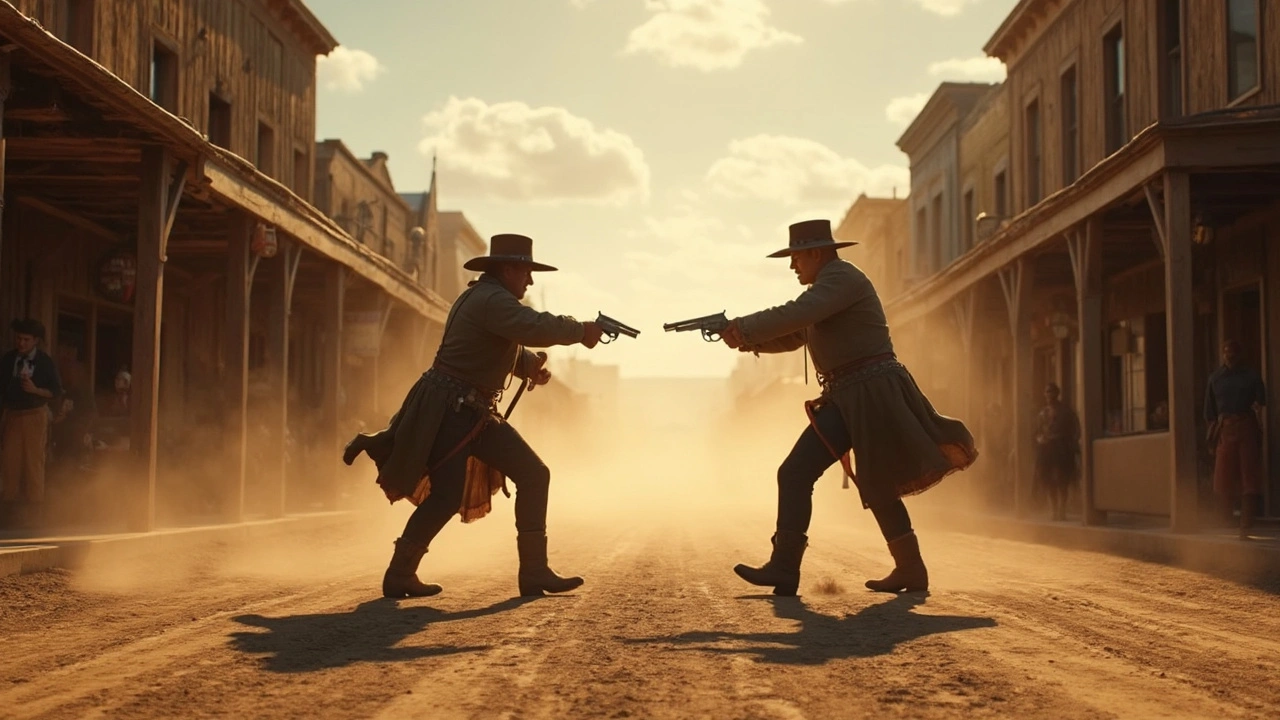
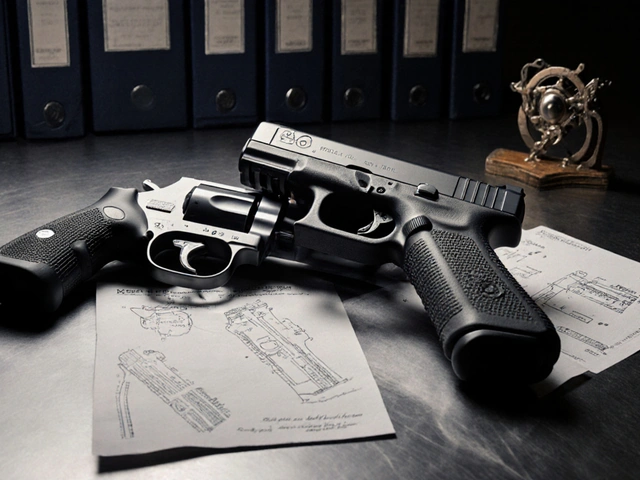

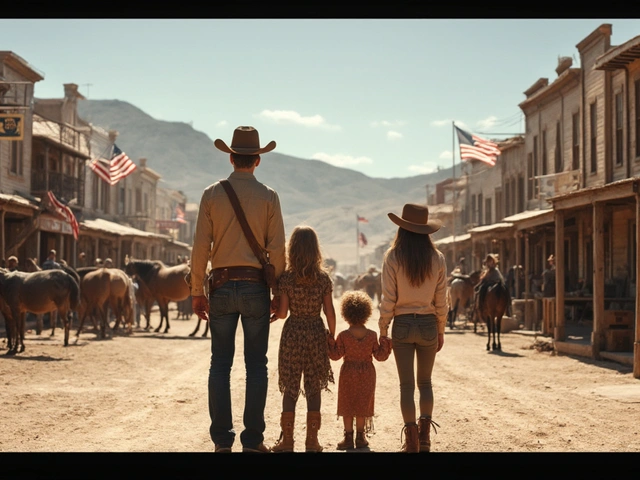
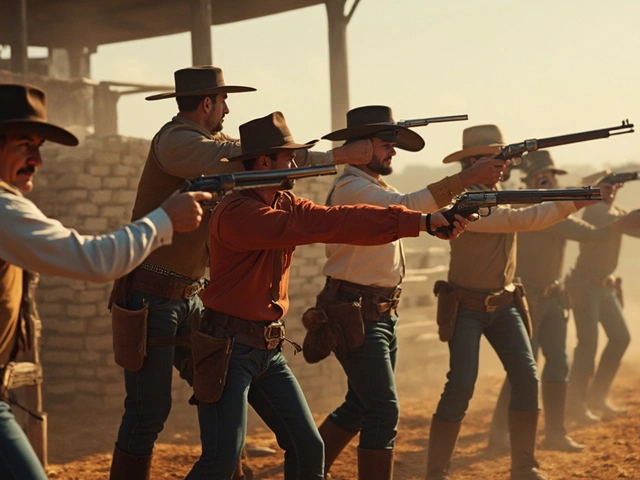
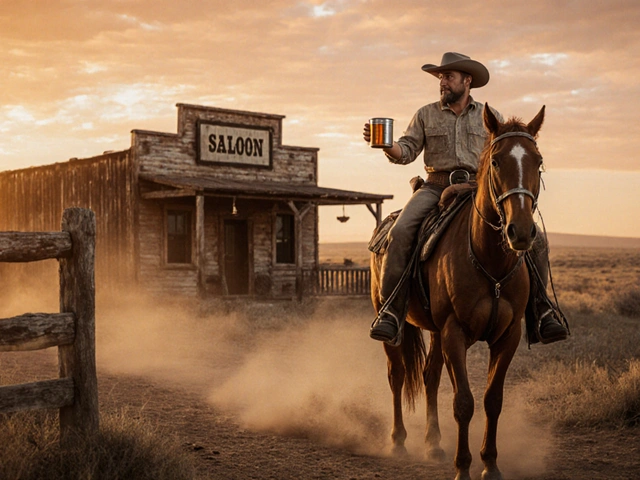
Raji viji
July 18, 2025 AT 00:00